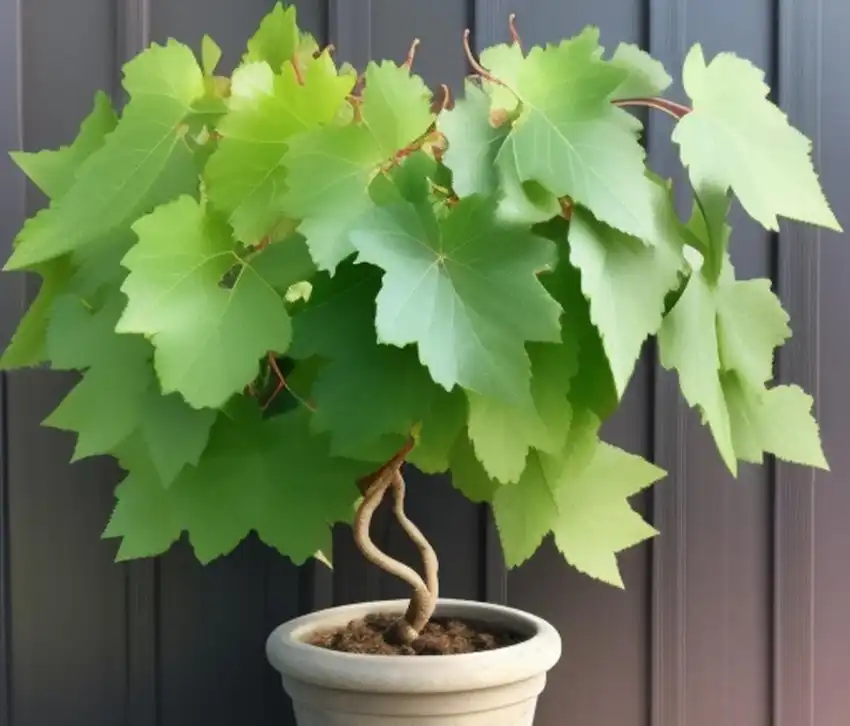When it comes to fencing for your farm or homestead, the options may seem endless, ranging from traditional manufactured fences to electric wire setups.
However, in a world increasingly focused on sustainability and self-sufficiency, living fences are gaining popularity as a multifunctional alternative. These living barriers not only define your property boundaries but also offer a range of benefits that manufactured fences simply cannot match.
The Many Benefits of Living Fences
A living fence is essentially a dense hedge that can fulfill the functions of traditional manufactured fencing while providing numerous additional advantages:
Ecological Diversity: Living fences create “edge habitats” that support a wide variety of species, from insects and spiders to birds and mammals. This ecological diversity helps maintain natural balances, reducing the population of rodents and crop-damaging insects.
Food and Medicine: Depending on the plant or tree species chosen, living fences can provide food and medicinal resources for your homestead. Some species, such as elder and Chinese chestnut, offer foliage with higher protein content than traditional forage crops
Soil Health: Certain leguminous species in living fences, like black locust and pea shrub, fix nitrogen in the soil. This nitrogen can be harvested for garden mulches and compost, improving soil health and fertility.
Windbreaks: Living fences act as natural windbreaks, reducing soil drying, wind erosion, and stress on livestock and crop plants, ultimately increasing yields.
Longevity: Living fences can last for centuries, with many species capable of sending up new shoots after pruning or browsing. This renewal ability ensures their sustainability.
Aesthetic Beauty: Unlike static manufactured fences, living fences offer ever-changing beauty throughout the seasons, with colorful flowers in spring, vibrant fruits in summer, and a striking geometric structure in winter.

Living Fences in America
Living agricultural fences have a rich history, though they have been underutilized in the United States compared to other countries. George Washington, for instance, recognized the advantages of living fences and attempted to grow them at Mount Vernon to protect his property from marauding animals. He concluded that growing living fences was not only a good idea but a necessity, emphasizing the role of honey locust in creating formidable barriers.
Osage Orange: A Top Choice
In the United States, Osage orange trees, also known as hedge apples or horse apples, have been a primary choice for living fences. These trees were planted extensively in the 1800s to fence rapidly colonized prairies and served as shelterbelts during the Dust Bowl era. Osage orange offers various advantages, including durability, resistance to drought, and an ability to withstand pests and diseases.
Additionally, Osage orange coppices vigorously, allowing farmers to selectively cut sections of the fence for wood fuel and other uses. The resulting posts are exceptionally durable and long-lasting, serving as an ideal choice for sustainable fencing.
Establishing Living Fences
Creating a living fence involves planting suitable shrub or tree species in close proximity and pruning them tightly to encourage thick, bushy growth. Inosculated fences, where crossing branches are tied to grow together into natural grafts, provide another fascinating option for creating a closely meshed barrier that becomes stronger over time.
Multifunctional Options
The choice of species for your living fence depends on your climate and intended purposes. Some multifunctional options include hawthorns, pyracanthas, jujube, black locust, honey locust, prickly ash, and rugosa rose. These species offer deterrence, edible fruits, medicinal uses, and wood for fuel and tools.
You can also mix different species within your living fence to create a diverse, multifunctional barrier that produces harvestable food and provides protection.
Challenges and Future Prospects
Establishing living fences can be labor-intensive, especially in the early stages, where protecting them from weeds, deer, and domesticated browsers is essential. Regular pruning may be necessary, but the effort can yield valuable resources for your homestead, such as mulch and livestock fodder.
As we become more conscious of ecological limitations and the importance of sustainability, living fences offer a promising future for agriculture. By growing our fences, we not only protect our properties but also contribute to a landscape that supports biodiversity, provides resources, and spans generations.

How to Start an Osage Orange Living Fence
To establish an Osage orange living fence, follow these steps:
Collect Osage orange “oranges” in the fall and store them in buckets exposed to freeze-thaw cycles and winter weather.
Plow a furrow in the desired location for your hedge, leaving it open to mellow over the winter.
In the following spring, create a thick slurry by mashing the fermented Osage oranges with a bit of water and dribble it along the furrow.
Partially backfill the furrow with soil to cover the seeds.
If necessary, thin the seedlings to about 18 inches apart.
In the fall, lay the seedlings over in the trench, weaving them together, and backfill the trench without covering the entire stem of any tree.
In the second year, the trees will sprout lateral branches that grow straight up.
In the second fall, weave the new vertical stems together to form a horizontal stem barrier about 2 feet from the ground.
In the third year, prune the hedge’s shoots to the desired final height (usually 4 to 5 feet) by stimulating the lower buds and branches through regular pruning over the summer.
In conclusion, living fences offer a sustainable and multifunctional solution for your homestead, combining practicality with ecological benefits and aesthetic appeal. By embracing this approach, you can create a living fence that not only protects your property but also enriches your land and supports a more self-sufficient way of life.
Inspired by this? Share the article with your friends!


